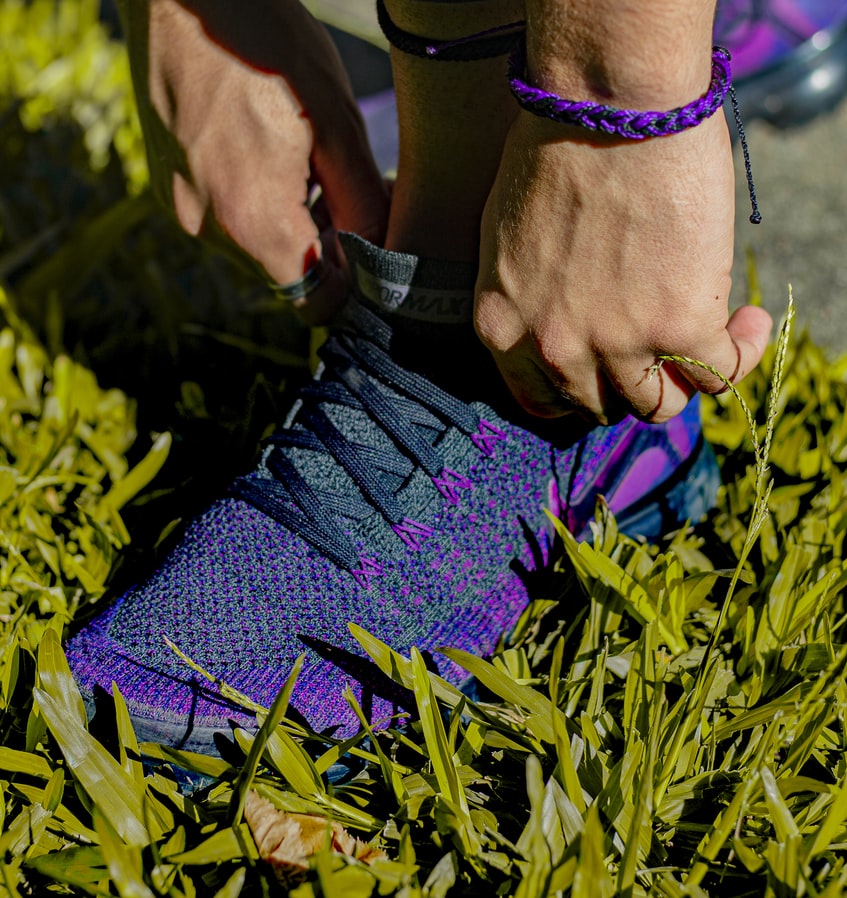Wondering about the hype around Nike Dunk and Nike Dunk Low? Confused about which to choose? We got you covered!
A lot of men’s fashion revolves around Nike Dunks, since always. And when we say since always, we mean since 1985, when Nike Dunk made its first popular debut after the infamous Jordan 1. When the Dunk was released, it was not intended to be a fashion statement. The sole purpose was to make a shoe design for NCAA athletes and their followers.
Fast forward to 2020, Nike Dunks were the most popular of the lot, and many celebrities including Travis Scott and Off-White were seen flexing them. The Nike Dunks have been the subject of a lot of hype over the years but you need to look at the riots that occurred in New York over the “Pigeon” SB dunk lows that are currently selling on eBay for well over $30,000.
This might be new to many, but Nike Dunks have subcategories too. Nike, in 2002, created a skateboarding division for the Nike SB Dunk (low and high), the sister shoe of the dunks. This brand would offer skate-specific Dunks in collaboration with Supreme, and they would be adopted by people other than skaters as well.
Many people also confuse Nike dunk low with the Nike SB dunks, but they are entirely different. Since the SB dunks have a plush cushion over the ankle and tongue for skateboarding support, they are made for skateboarders, as opposed to the regular Nike dunks that are not as cushioned and made for activities like basketball.
Meanwhile, the Nike dunk SB low features an air unit in the heel, unlike the regular Nike dunk low, making it a super comfortable step. Another difference that you might want to note is that high tops are best for individuals who want support around the ankle area. The ankle collar height of the high tops is heavier, ideal for big men, unlike the low tops.
Below we have tried to simplify the differences even more for your convenience:
Low Tops
Nike low dunks are specifically designed for guards and skateboarders, since they are light in weight and flexible in shape. You do not have to worry about a lot of restrictions when moving forward with them.
Here are some advantages and disadvantages of choosing the low tops:
Pros
- Cushioning that is responsive and lightweight
- The shoe is flexible and does not restrict the foot
- Control of movements on a broader scale
- An extensive market selection
Cons
- Cushions tend to be sturdy
- Protecting against minimal impacts
- Due to loose or soft materials, less durable
- Ankle lock-free
High Tops
If you want to summarize the difference between high tops and low tops in one line, then know that high tops function completely differently than low tops.
They are designed more for large men, so they provide better support, containment, restrictions, and, very importantly, softer, more impact-absorbing cushioning. Big men are much heavier, which puts a great deal of stress on their ankles, knees, and backs. Wearing high tops can still be just as painful as wearing low tops because low tops are unsupportive.
Pros
- A lock-in of the ankles
- Bouncy and soft cushioning that offers good impact protection
- More Durable Usually
Cons
- Ankle collar and materials restrict movement
- Heavy but not excessive
- Limited market selection
